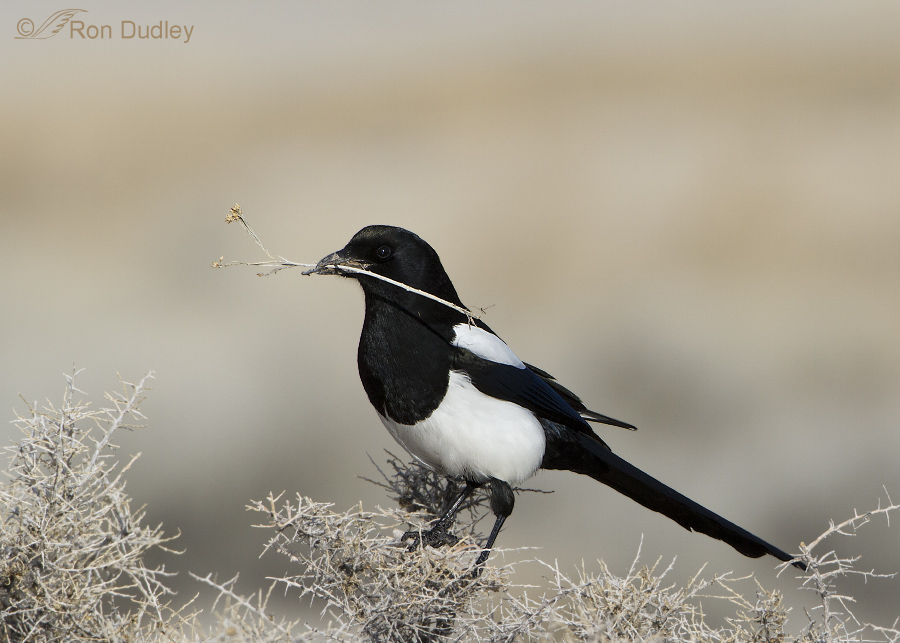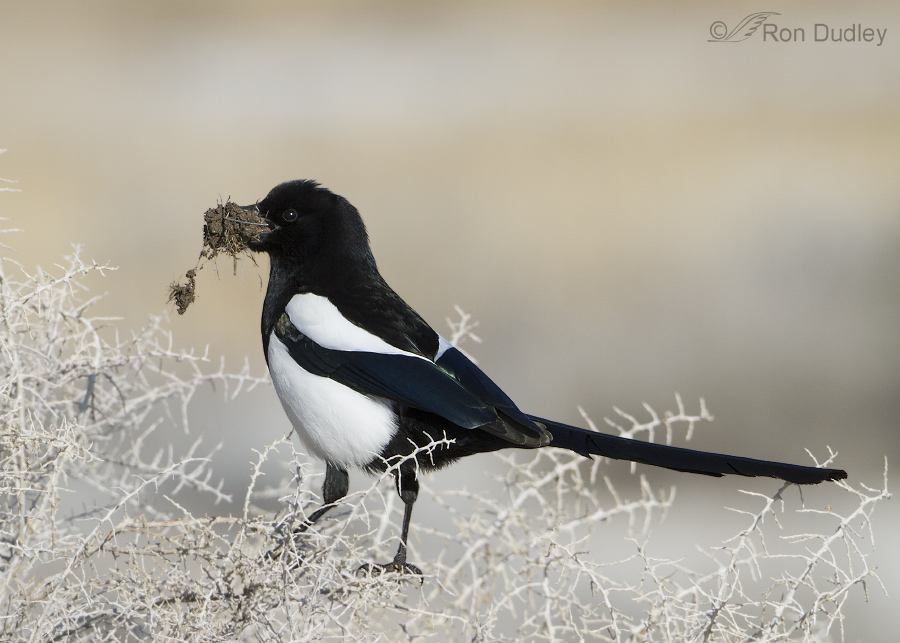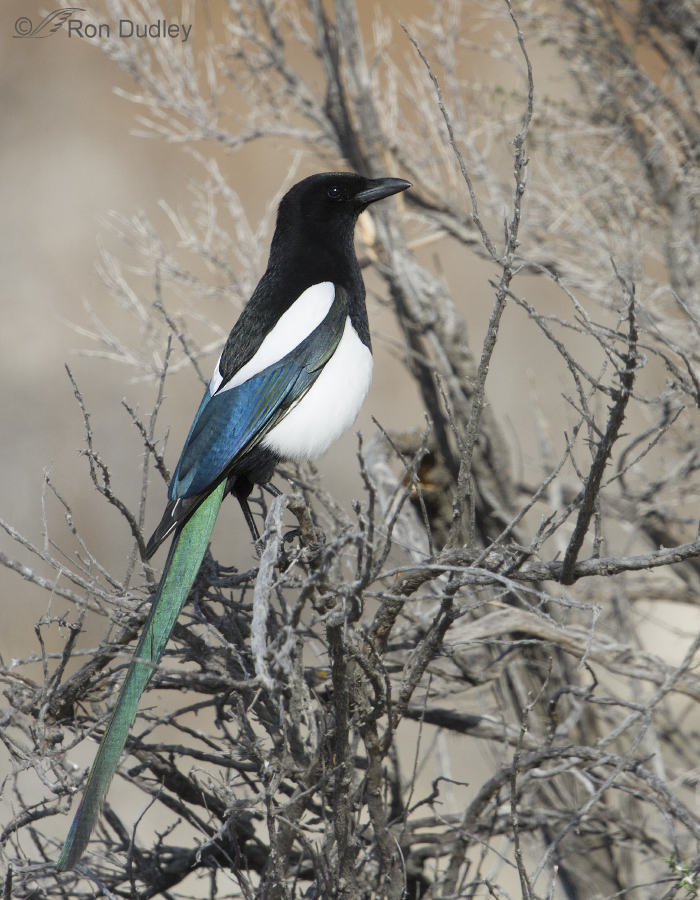The cause(es) of plumage coloration in birds isn’t as straightforward as it might first appear.
Most plumage colors are caused by the presence, absence and relative concentration of melanin in the feathers but in some species colors depend on the structure of the feathers (structural colors). For example, blue colors in birds (Indigo Bunting, Stellar’s Jay, Mountain Bluebird) are almost always caused by microscopic air pockets in feather barbs that produce a specific, non-iridescent color. In normal light a feather of one of these birds will appear blue but if you hold the feather up to back light its true brown color caused by melanin will appear.
Another type of structural color in some species is produced when light in the ultraviolet range is reflected back. Some birds can see ultraviolet light so their colors appear quite different to them than to us.
But most structural colors in birds are iridescent. Iridescence is caused when the microscopic feather structure of certain birds acts as a prism, splitting the light into its component colors (diffraction). The brilliantly colored gorget of many hummingbirds is a well-known example.

But in order for the iridescence to be seen the light must strike the bird at particular light angles. If it doesn’t the color that you see is the one caused by melanin, not diffraction.
The Black-billed Magpie is an example of a highly iridescent bird whose brilliant colors aren’t seen unless the light angle on them is just right. I love to capture that iridescence in my photos but it isn’t easy and it’s a matter of degree. Typically, my shots of the species look like this – only the blacks and whites are showing (this bird is delivering a rabbitbrush twig to the nest).

Sometimes you get a small hint of the iridescence as in some of the wing flight feathers of this magpie with a beak-full of mud for its nest.

But very occasionally the iridescent colors really explode. I took this shot a few weeks ago on Antelope Island and I don’t think I’ve ever seen this much color on a perched magpie. In this species the feather structure that causes iridescence is found almost exclusively in the blacks of the wings and tail. Maybe next time I’ll get a similar shot without such a cluttered setting.
When these birds are nest-building they often fly into it from the same direction (especially if there’s a breeze) so I often experiment with the angle I park my pickup relative to the position of the nest and sun in an attempt to maximize iridescence in the birds. So far I haven’t found a magic formula for increasing those colors.
It just seems to happen when it wants to happen…
Ron


Well, I really like that last photo, but I especially like the mouthful of mud! Perfect!
Ron, Amazing last shot. And I agree with other posts; all birds we see from the juncos that are still here in MI to the stunning irridence of your bird photos are a daily gift.
Thanks for discussing how some birds have the ability to see ultraviolet. I wonder what the magpies see in their friends and family members?
Beautiful shots and interesting information Ron!
Iridescence or no, I find Magical Magpies, these elegant wise guys, so suave in their silk tuxedos, completely irresistible…I can’t get enough of them! The whole concept of feather color, reflected and refracted light, iridescence, etc. is fascinating…are Blue Jays and Blue Birds Blue? Are cardinals red? What colors are they really? And by what standards? Too complex for me, but so interesting! I find capturing the iridescence of Hummingbirds in watercolors are a real challenge..is it illusion? It’s red throat is almost gray, unless the light hits it just right…maybe all life is just illusion….
I really enjoyed this comment, Patty. For me you put a lot of things together nicely…
That angle and capture in the end is splendid! I have been observing a pair flying back and forth to a nest they are building the last two days but too hard to get close -ups because they use the clutter for cover, except when they are away from the nest.When they saw me watching them they took off so I went further down the valley to not disturb them.I have been capturing a lot of blue in the feathers which is what I see from my eye but also taking rather poor exposures.There are so many magpies here I will keep practising but they are intelligent,quick and like to tease.
“they are intelligent, quick and like to tease”.
You’ve got that EXACTLY right, Jane. They typically stand their ground until I point my lens at them, then vamoose just before the shutter clicks. It’s my working theory that they’re gun-shy, from all the decades they were indiscriminately shot for no reason. Some folks still regularly shoot them out west…
I have the same experience with pointing my lens at them. We have so many here in Edmonton that it is legal to trap or shoot them as long as it is in your back yard.The same with red squirrels.I will just shoot them with my camera, if they let me.
Heart-stopping magic. Though I also like their more restrained plumage. Essentially I am a bird ‘tragic’. I find them all endlessly fascinating and each and every time I open my eyes there is more to see. Some of it subtle, some more flamboyant – often in the same bird. Thank you. Again.
Very well stated, Elephant’s Child. I feel the same way. In fact I often appreciate the less flamboyant most – female Cardinals over males, for example.
Hi Ron,
Could you name a spcies that looks very special in uv-light?
Jesse, I suppose any bird would look “special” to us in UV if we could see it. Some birds can see it. Blue Tit males, for example, have an ultraviolet reflective crown patch that we can’t see but the female tit can. He uses the crown patch to attract her during courtship displays.
Some birds use their ability to see UV for other purposes – kestrels, for example. Voles lay scent trails of urine and feces that reflect UV light. Kestrels can see the UV from these scent trails and follow them to the prey.
Wonderful demonstration of how our eyes don’t always see all there is to see! As you describe, type of light, angle, time of day – all influence what we perceive. I chased a Ruby-throated Hummingbird for an hour last week trying to get its namesake gorget in the right light. Never did. That’s okay, a bird is still beautiful at the time we are privileged to see it!
That last image though, wow!
Those gorgets are often difficult to capture, Wally. The fun is in the trying, but succeeding once in a while would be nice too, huh?
There is so much to appreciate about our Creator’s work…and this is a perfect example. Hidden jewels flying all around us!
Thank you, Cheryl.
Holy COW! I had NO IDEA they were iridescent like that. That. is. stunning. FanTAStic shot, jeepers. A very interesting topic. I had loved bufflehead for years, they were pretty common on the San Diego River, and pretty much THE bird that starting me birding–I HAD to figure out what that graphically simple and glorious creature was. Then visiting the SD zoo, a small area at the end of the polar bear exhibit has water birds floating around, so you can be very near them. A bufflehead was there and he was SO IRIDESCENT, I was gobsmacked. One of the most surprising, beautiful things I’ve ever seen.
A friend was a biology TA and to demonstrate that blue feathers sort of really weren’t blue, as you say, she put a few in a blender and BLAMO: all blue was gone. I wasn’t there, but just the story & phenomenon was so interesting to me, I never forgot it.
Biobabbler, agreed – Buffleheads have beautiful iridescence. That biology demonstration with the blender and the feathers would really be something to see! Thank you.
Great series Ron. The last capture with full color is just beautiful. I, like Patricia, enjoy seeing the natural habitat including what you call ‘clutter”. The birds feathers and the clutter usually work together in some manner. Probably camoflauge. Nice group of shots. Thnaks for all your great work.
Thank you, Ellen. Glad you like the clutter!
The teacher in you comes out! Love the shots and the information, keep it coming. The last shot is wonderful. We have a black bird out in New England that one often sees the blue in the wings and green and purple in the head. The background is its natural environment and it helps make the shot.
Yep, I just can’t stifle the teacher in me, Rich. Thanks very much for the encouragement!
Gorgeous photos … and so interesting.
I noticed this iridescence on the two big crows that come to bathe and drink in our pond.
Also, I actually like the “clutter” in the photo and love seeing the twigs in the beak.
Watching a bird build a nest is what sparked my interest in birds.
Watching those crows must be fun, Patricia. We have them here but I don’t get a chance to watch their behaviors.
Yes, they are a lot of fun to watch. Our pond is a good size, so almost every morning and evening they will come in, splash about, and then go sit on the split rail fence. They also enjoy the tall pines and will sit atop and watch for activity in the dry wash.
Wonderful Ron. I learned something new today. I never knew a Magpie could be so beautiful. Love all your shots, but especially the last one.
Yes, magpies are chameleons, Jean – seeming to change colors in an instant.